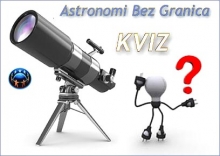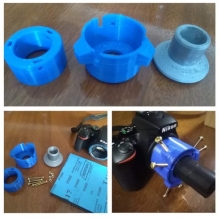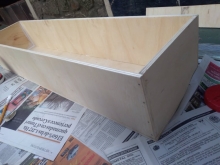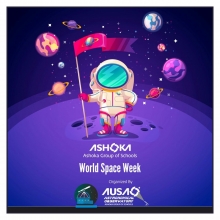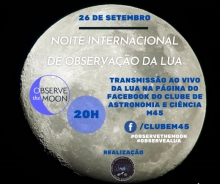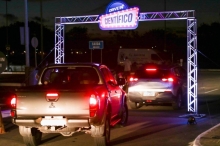It’s no secret that city lights are brighter than starlight. Almost everyone, from amateur stargazers to professional astronomers, has experienced how hard it can be to see the stars when they are eclipsed by the bright glow of streetlights. It might surprise you to know that even when viewed from space, city lights are brighter than the stars.
Spain
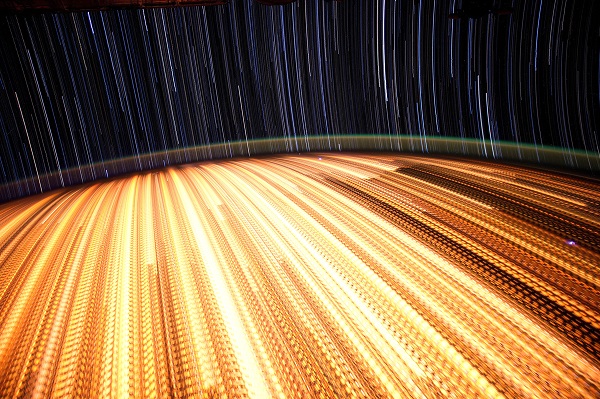 This time-lapse image was made from a series of photos taken in succession by astronauts aboard the International Space Station (ISS) as they passed over Spain. From the astronauts’ vantage point, they were hundreds of miles away from the streetlights, yet their glow still far outshines that of the stars above.
This time-lapse image was made from a series of photos taken in succession by astronauts aboard the International Space Station (ISS) as they passed over Spain. From the astronauts’ vantage point, they were hundreds of miles away from the streetlights, yet their glow still far outshines that of the stars above.
Washington, D.C.
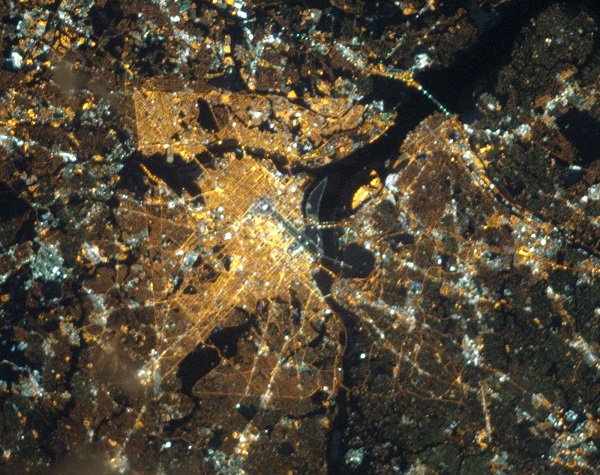 There’s something wrong in Washington, D.C. I’m not talking about the politics, but about it’s outdoor lighting. Much of the lighting in Washington is unshielded acorn lighting, a style of lamp that puts far more light out into the sky than it does on the ground. It is so bad that you can actually see the borders of Washington, D.C. from space. Take a look at the photo below and you’ll see it for yourself.
There’s something wrong in Washington, D.C. I’m not talking about the politics, but about it’s outdoor lighting. Much of the lighting in Washington is unshielded acorn lighting, a style of lamp that puts far more light out into the sky than it does on the ground. It is so bad that you can actually see the borders of Washington, D.C. from space. Take a look at the photo below and you’ll see it for yourself.
Washington’s borders are visible because of all their unshielded lighting, yet look at shielded lighting across the street; it makes quite the contrast.
North & South Korea
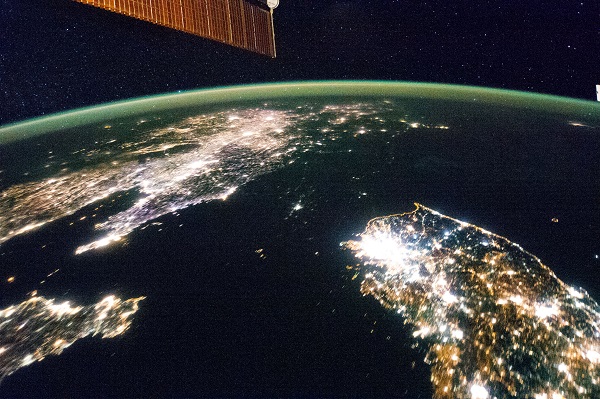 Speaking of borders, there’s perhaps no greater contrast in lighting than the international border between North and South Korea. Due to their radically different economies and political philosophies, North and South Korea are literally as different as night and day.
Speaking of borders, there’s perhaps no greater contrast in lighting than the international border between North and South Korea. Due to their radically different economies and political philosophies, North and South Korea are literally as different as night and day.
The lower right-hand side of the image above shows South Korea. The brightest region is home to Seoul, a city prone to excessive unshielded, lighting. Across the thin orange illuminated border between the two Koreas lies the dark North. Its capital city, Pyongyang, is almost the only source of light in the country. While many dark sky advocates would welcome seeing the sky from a large light-free zone, few would call for such extreme measures.
Berlin, Germany
 Finally, the Berlin Wall has been down for decades, but the divide between East and West is still visible at night from space. The image below, taken by astronaut Chris Hadfield in 2012, shows the gas lamps of the West (left) and the orange high-pressure sodium lamps of the East, with a stark contrast between them.
Finally, the Berlin Wall has been down for decades, but the divide between East and West is still visible at night from space. The image below, taken by astronaut Chris Hadfield in 2012, shows the gas lamps of the West (left) and the orange high-pressure sodium lamps of the East, with a stark contrast between them.
The image is a powerful reminder that lighting choices made by city planners are long lasting indeed. Given that many cities are now rushing to change to more energy efficient (but not necessarily dark-sky friendly) LED streetlights, this image demonstrates that smart lighting decisions is very important, as their consequences last a long, ling time.
If you would like to see and learn more about astronaut images of city lights, I invite you to visit the Cities at Night website and participate in their citizen science campaign to help study and categorize these images.
Image credits: NASA’s Gateway to Astronaut Photography of Earth (http://eol.jsc.nasa.gov/)









